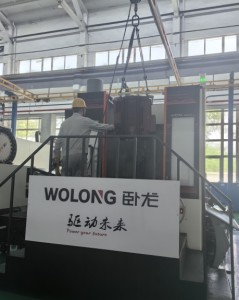Variable frequency power supplies (VFPS) are widely used in industrial applications to control the speed and torque of AC motors. However, a significant concern with their use is the damage they can cause to motor bearings. Understanding the underlying mechanisms can help mitigate these risks.
One of the main reasons for current flowing in AC induction motor bearings is the induced voltage generated by the internal electromagnetic field imbalance. When the VFPS is running, it creates an uneven magnetic field distribution inside the motor. This imbalance causes the generation of stray voltages, which enter the motor bearings. As a result, currents start to flow through the bearings, usually in an intermittent connection state.
This intermittent connection is particularly problematic. It creates arcing, which is the discharge that occurs when an electric current jumps across a gap. The presence of this arc causes severe wear on the bearing surfaces, which can burn the bearing and cause premature failure. The damage caused by the arc can show up as pitting, spalling, or even complete bearing failure, which can cause downtime and require expensive repairs.
Another factor that causes current to flow through the bearings is the high-frequency current path caused by stray capacitance. In a VFPS system, high-frequency switching creates capacitive coupling between the motor windings and the motor frame, causing high-frequency current to flow through the bearings. This further increases bearing wear and exacerbates the problems caused by induced voltages.
The use of variable frequency power supply may cause serious damage to motor bearings due to induced voltage and high frequency current. Understanding these mechanisms is essential to implement effective strategies to protect motor bearings and ensure the service life of AC motors in industrial applications.
Post time: Jan-09-2025


